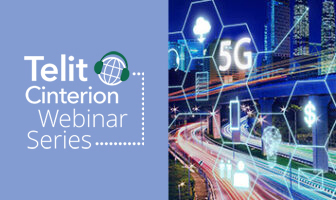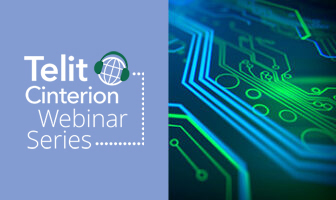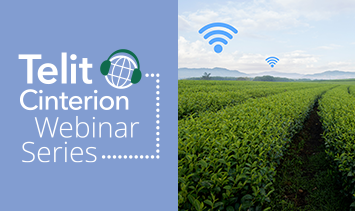Cellular IoT and eSIM Technologies for Global Coverage and Long Lifespans
Cellular IoT technologies like NB-IoT and LTE-M are top choices for global network coverage and maturity. Cellular connectivity is reliable in dense urban areas and remote regions like wind power generation fields.
Moreover, embedded SIM (eSIM) technology advancements facilitate secure deployment and remote provisioning. It caters to the prolonged lifespan that IoT deployments need.
Cellular connectivity enables seamless migration to 5G and promises transformative capabilities, including network slicing and virtualization. These enhancements allow flexible bandwidth allocation and device grouping based on quality of service. Moreover, they ensure cost efficiency and scalability unparalleled by alternative wireless solutions.
Why Choose LPWAN Technologies for Optimized Battery Life and Power Strategies
Low-power wide-area network (LPWAN) technologies are optimal for power-constrained IoT applications. They balance power efficiency and extended coverage, facilitating connectivity in remote or subterranean environments. These capabilities make cellular IoT a viable option for a myriad of use cases.
LPWAN technologies have the advantage of utilizing existing LTE networks, ensuring ubiquitous connectivity worldwide. LPWAN supports intermittent data transfers in small packets, catering to industrial applications that prioritize longevity over speed and bandwidth.
Mitigating Power Drain to Sustain Battery-Operated IoT Device Operation
Despite LPWAN’s promise of prolonged battery life, prudent power management remains paramount to prevent premature resource depletion. As legacy networks like 2G are phased out, power optimization strategies must be tailored to the evolving cellular landscape.
Selecting the right hardware and software ensures sustained operations in diverse environments. Partnering with solution providers that offer quality manufacturing and support packages fortifies IoT deployment longevity and reliability.
Where to Begin?
The most critical part of a product introduction is the preparation of requirements. The backbone of a successful project includes these steps:
- Gather
- Review
- Asses
- Execute
A proper method of establishing software, system and hardware requirements must be combined with the validation phase, which checks whether those requirements are not mutually exclusive or if there is room for improvement.
Key Takeaways
Watch our webinar to explore the battery-operated IoT device ecosystem. You’ll discover how power consumption optimization is a cornerstone of prolonged, reliable field operation.
You will learn:
- How to extend the life of your IoT devices and increase their efficiency
- The importance of embracing cellular and LPWAN IoT technologies
- How to implement robust power management strategies
- Proper selection of hardware to support your software


